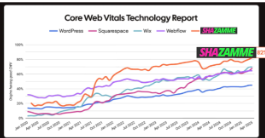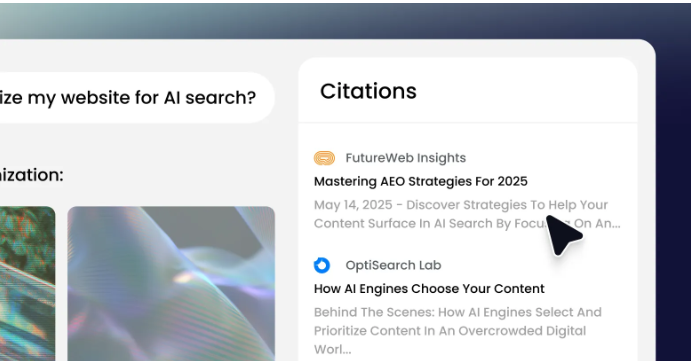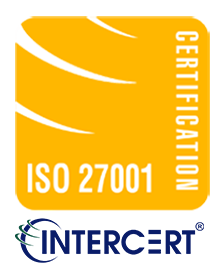Reach Your Audience With Digital Advertising
Digital advertising can help you be more successful online. In order to drive the right traffic to your brand and increase sales, you first need to define what a qualified audience is for you. From curiosity and validation to choice and advocacy, you want to know who they are, what they value, and how they utilize each channel at different phases of their engagement journey.
So where do you start?
While there are so many online options to choose from, reaching your intended audience will still require a little bit of work. Luckily, using digital advertising to get your message across is easier than you think and conversions are easily tracked.
Pick the right Platform
The digital advertising platform used by a new business seeking brand awareness has a significant impact on its growth and success. The general idea is to place ads where your target audience hangs out and where your campaign's objectives are met, resulting in a significant Return on Ad Spend (ROAS).
But finding the right advertising platform in this digital age is easier said than done. There’s a myriad of possible options, the digital marketing best practices continue to evolve, and the internet/social circles are crowded with all sorts of suggestions.
Know your Audience
Knowing your target demographic is undoubtedly one of the most beneficial tools in your advertising toolbox. Why? First off, not only does it give you a leg up for reaching the most likely people to buy your product or service, but it also helps to pick the appropriate platform and technology to deliver your message. But be warned. Once you have their attention, there’s still plenty of work to do!
To push all the right buttons, advertisers need to know exactly what to say. Great content moves people—and in turn, products. It keeps audiences engaged, entertained and coming back for more!
Make sure you send any advertising clicks through to a highly converting landing page!
Try many platforms not just the ones you are used to as these may be higher converting and provide better quality clicks.
Get Interactive
As the internet continues to advance, media is consumed differently. More and more people are getting their entertainment and news from streaming options such as Netflix, Roku, Hulu and YouTube. So what does this mean for digital advertising? Interaction! Interactive ads get a higher clickthrough rate of around 6 percent, whereas most digital ads remain at a fraction of the percent.
Good advertisements tell a story that engages the audience. If you’re a recruiter or even a restaurant owner, enticing future customers with a snappy ad no longer cuts the mustard. But when you intrigue potential buyers with an eye catching video, a hilarious one-liner or a captivating call to action, you give them autonomy. Don’t tell customers what to think, but instead show them why buying your product or service is the best decision.
Keep it short and sweet
Don’t say too much! Short messages that pack a wallop and avoid cliches go a long way in the digital advertising world. Hook readers in with a memorable joke, a one liner, or a quick play on words.
Tug at their heartstrings
When Coca Cola launched their Remove Labels campaign it gave audiences a friendly reminder not to judge someone by their looks, but by their words. And whether your message is sensitive or funny, at its core it should come across as authentic.
Today’s audiences are smart and expect more than basic pandering. They want engaging content that scratches beyond the surface of a product and relates to them on a meaningful level. That’s why today’s most memorable campaigns reject tradition in exchange for something more sincere.
While traditional word of mouth will always impact local business, the trick is to give them something positive to talk about. The most important thing about your digital advertising campaign should be about connecting with your audience. A little passion goes a long way.
Successful digital advertising plucks viewers’ heartstrings and entices with humor. It takes you on an emotional roller coaster by conjuring up feelings of forgotten memories and nostalgia. Most importantly, whatever your approach, be sure to make an emotional connection with your audience—leave them breathless and standing in awe, or contemplative with the warm fuzzies. Make your digital ad memorable and appealing, and thereby your brand. Remember, if you think your message is fun and entertaining, so will your audience!
Good luck with your digital advertising, there are so many opportunities.










